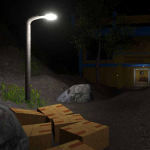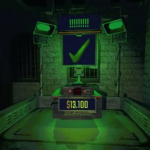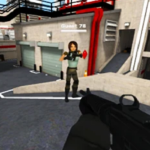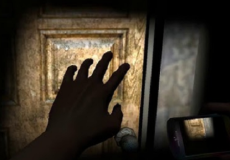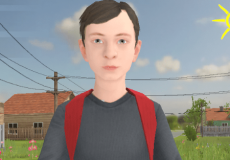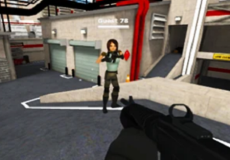

Tung Tung Tung Sahur
Advertisement
Tung Tung Tung Sahur pulls players into a distorted reality where something strange stalks the edges of silence. The game begins without explanation. You’re placed in an environment that looks vaguely familiar but quickly becomes unnerving. Movement is slow, deliberate. Sound is sharp, artificial. The name itself becomes a threat—repeated, echoed, announced. From the start, it’s clear you’re being watched, and every step forward seems to provoke something that shouldn’t be there.
Advertisement
Similiar games
Tung Tung Tung Sahur pulls players into a distorted reality where something strange stalks the edges of silence. The game begins without explanation. You’re placed in an environment that looks vaguely familiar but quickly becomes unnerving. Movement is slow, deliberate. Sound is sharp, artificial. The name itself becomes a threat—repeated, echoed, announced. From the start, it’s clear you’re being watched, and every step forward seems to provoke something that shouldn’t be there.
Hunted in Stillness
The main mechanic revolves around collecting items while being pursued. You’re not told what to do, but the presence of small, out-of-place dolls reveals a purpose. With each item picked up, the threat grows closer, louder, more unpredictable. There’s no map. No hint system. Only your ability to listen, move, and avoid. Hiding is temporary. The stalker doesn’t follow rules. It appears where silence has been broken. The player must adapt quickly or become a victim of its rhythm.
Visuals That Refuse to Explain
Environments bend expectations. Hallways shift angles without notice. Rooms seem copied and pasted from dreams that don’t belong to you. Light sources flicker without pattern. Textures blend real-world surfaces with exaggerated forms—doors that lead to blank walls, stairs that drop into voids. The visual design isn’t meant to guide; it’s meant to disorient. There’s no comfort to be found in repetition. Each space feels like it remembers something you’ve done, and it’s waiting to react.
Sound as Threat and Clue
Audio is not background—it’s a warning system. You’ll hear things before you see them. A sudden knock, a mechanical hum, or a repeated phrase signals that you’ve triggered something. The phrase “Tung Tung Tung Sahur” becomes more than a name. It’s a rhythm that haunts the structure of the game. It starts as a whisper and builds into command. The game teaches you to fear its repetition. Volume becomes pressure. Every sound choice is intentional.
A Ritual Left Unfinished
This game doesn’t offer a clear narrative. It presents fragments—visuals, sounds, patterns—that suggest something larger, but never confirms what it is. There’s a sense that you’re walking through a ritual caught in a loop. You weren’t meant to be here, and yet something wants you to stay. Tung Tung Tung Sahur is not about defeating a threat. It’s about being inside one, and slowly understanding that the only way out might be to stop listening entirely.
Discuss Tung Tung Tung Sahur



